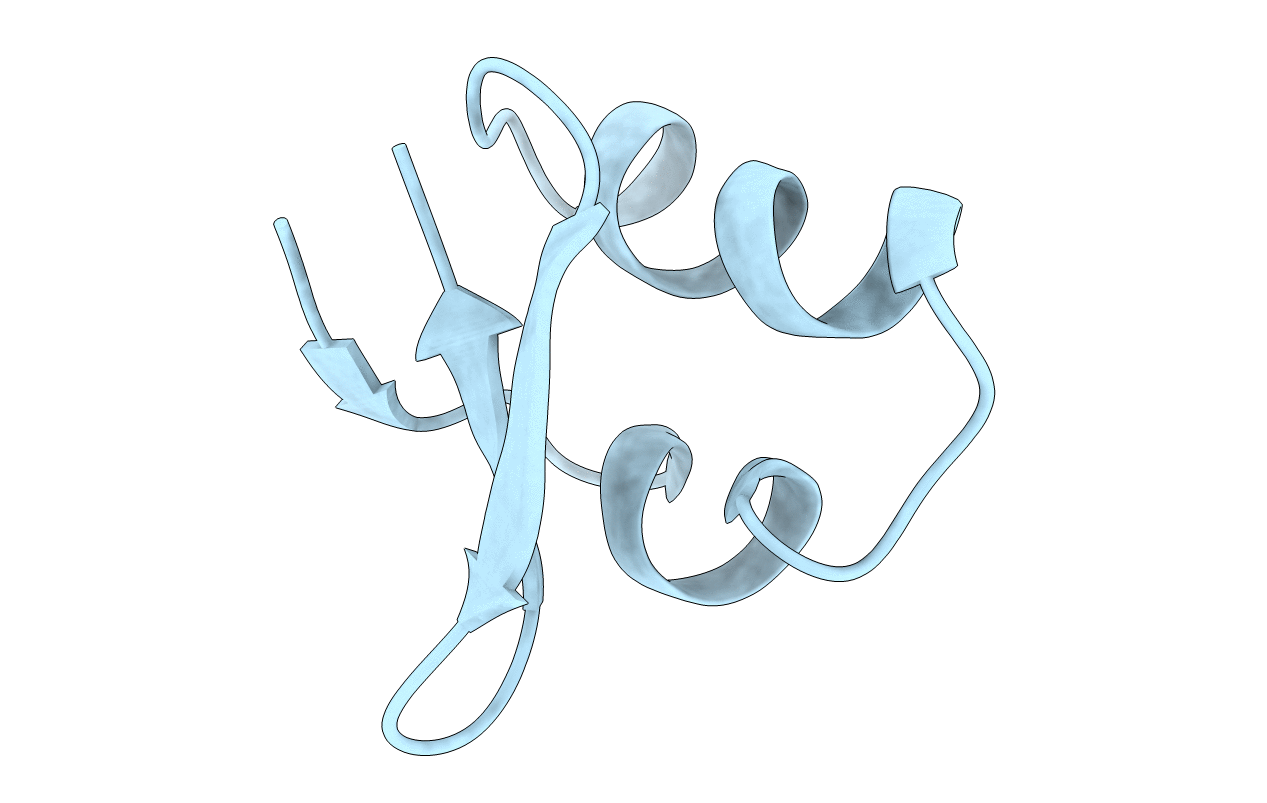
Deposition Date
2006-11-12
Release Date
2007-11-13
Last Version Date
2024-05-15
Method Details:
Experimental Method:
Conformers Calculated:
50
Conformers Submitted:
1
Selection Criteria:
structures with the lowest energy


